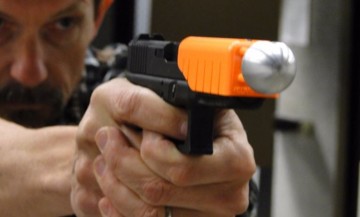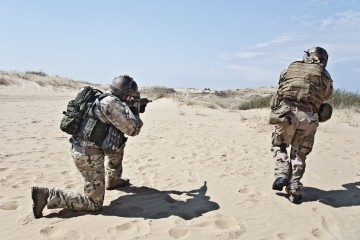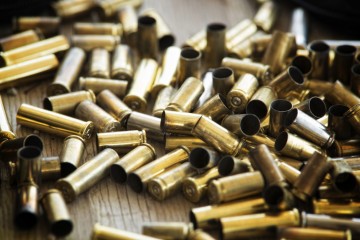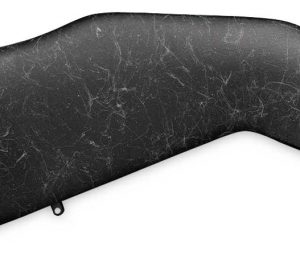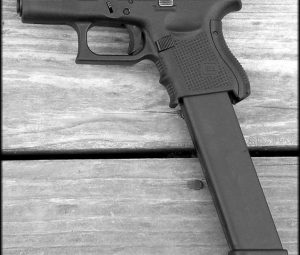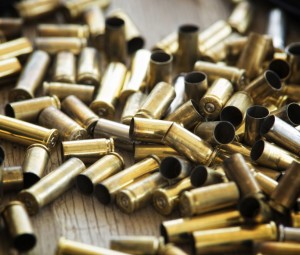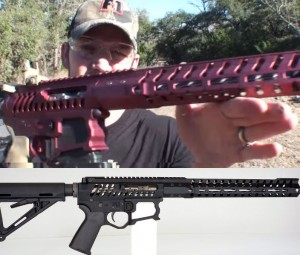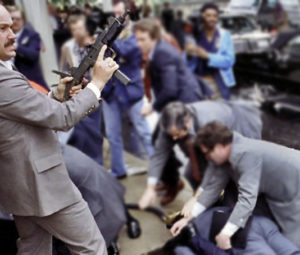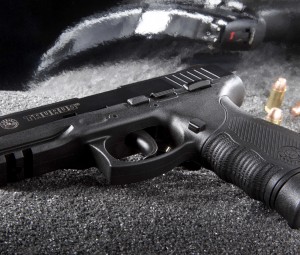.380 is the Go-To Caliber for Novice Shooters, but Pose a Problem
Concealed carry without full knowledge poses risk
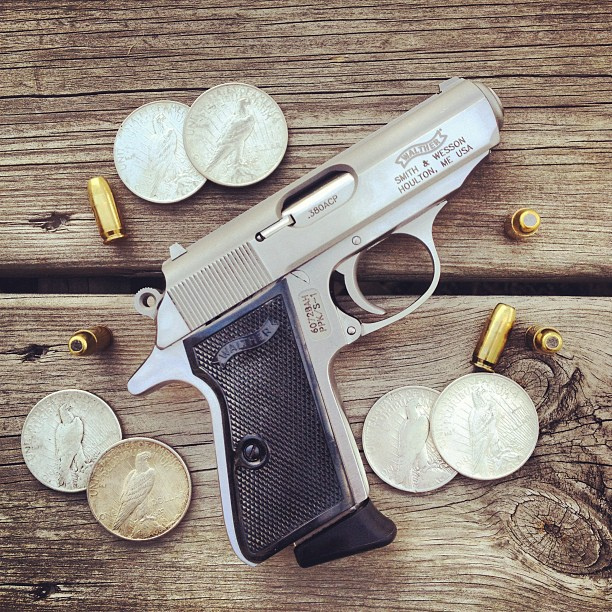
A miniature pistol known as the .380 semiautomatic handgun is a favorite go-to gun for inexperienced shooters, but it poses a problem. This small, convenient firearm is a popular weapon of choice for urbanites, first-time buyers, and women.
The .380 pistols are dangerous due to tiny grips,frames less than an inch wide, and barrels being about 2-inches long. American manufacturers are producing .380 pistols in huge quantities. According to the latest data from the Bureau of Alcohol, Tobacco, Firearms, and Explosives, the gun industry produced roughly 900,000 of these guns in 2014. Skyrocketing production of .380 weapons occurred during a year that gunmakers cut production of just about every other popular model of gun. Manufacturing rates of 9mm pistols, high-caliber pistols, and rifles were shrinking.
In the 1960s small-caliber guns like the .380 were known as “Saturday Night Specials”; they more likely to be used in a crime than any other firearm. They were an ideal gun to place in a bag or purse in the event of an emergency. Urban crime was becoming a national pandemic and both Republican and Democrat parties blamed small guns like .380s for the increased violence. Most of the weapons were cheap and poorly manufactured by European companies dubbed the Ring of Fire. In most cases, they were created from weak metals that caused them to jam when they were supposed to fire and discharge during unloading.
.380 pistols are made today by high-quality manufacturers like like Smith & Wesson and Glock. These hand guns are marketed to urbanites, first-time buyers, and women … those concerned about easy access for self defense.
“First-time gun buyers see a soft shooter” — meaning a gun with a less powerful cartridge that they imagine will be easy to handle,” Kevin Michalowski, executive editor of Concealed Carry magazine. “I think that’s a little bit of a mistake.”
A blogger for the popular online firearms retailer, Lucky Gunner, claimed that “the smaller a handgun is, the more difficult it is to shoot.” The National Rifle Association’s American Rifleman magazine agreed to that statement when it added that “pocket pistols have certain limitations that new or inexperienced handgunners need to be aware of before they commit to buying one.”
All of these concerns are based from the fact that .380s are notably small in size. As The Trace notes, cartridges fired by many pocket pistols is only “about a tenth of an inch shorter than the 9mm used in many full size handguns” and “there’s less gun to absorb the force of each discharge, so recoil is much stronger.”
Furthermore, the guns’ grips typically can only be grasped by three fingers. An accessory must be attached to the end of the magazine in order for the pinky to rest somewhere. A shooter has less control over the gun with a smaller grip. Instead, it “will twist in the hand” as it recoils, making it less accurate.
Lastly, the .380 is “not a gun designed to be fired at ten yards,” says Michalowski. “It’s designed to be fired at ten feet. Maybe closer. It’s a get-off-me gun.”
Photo credit: sscornelius via Visualhunt.com / CC BY-ND

